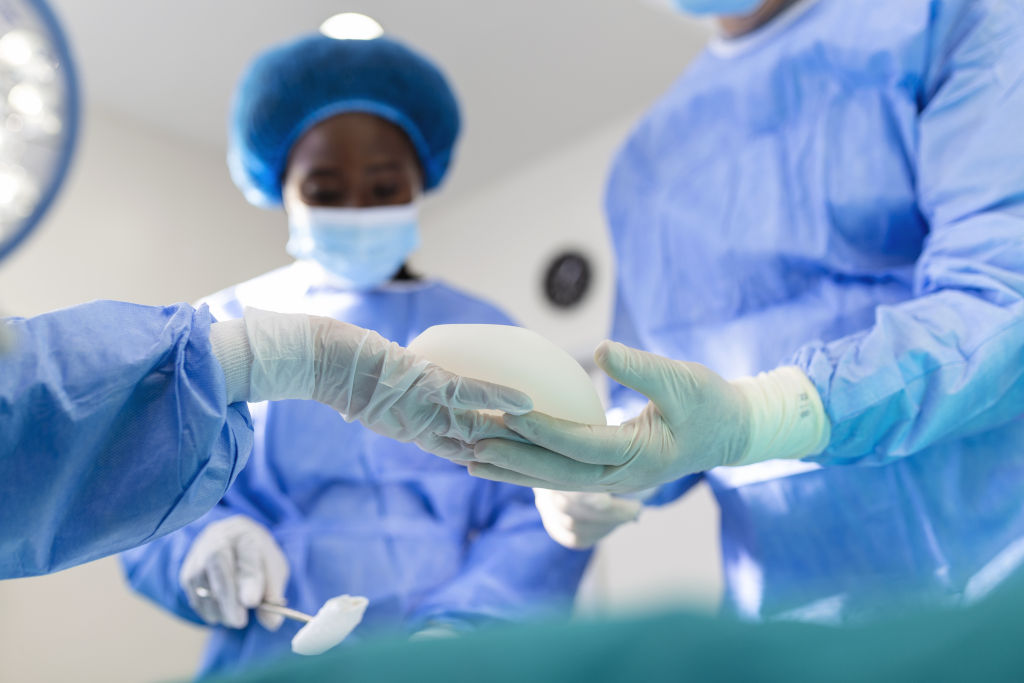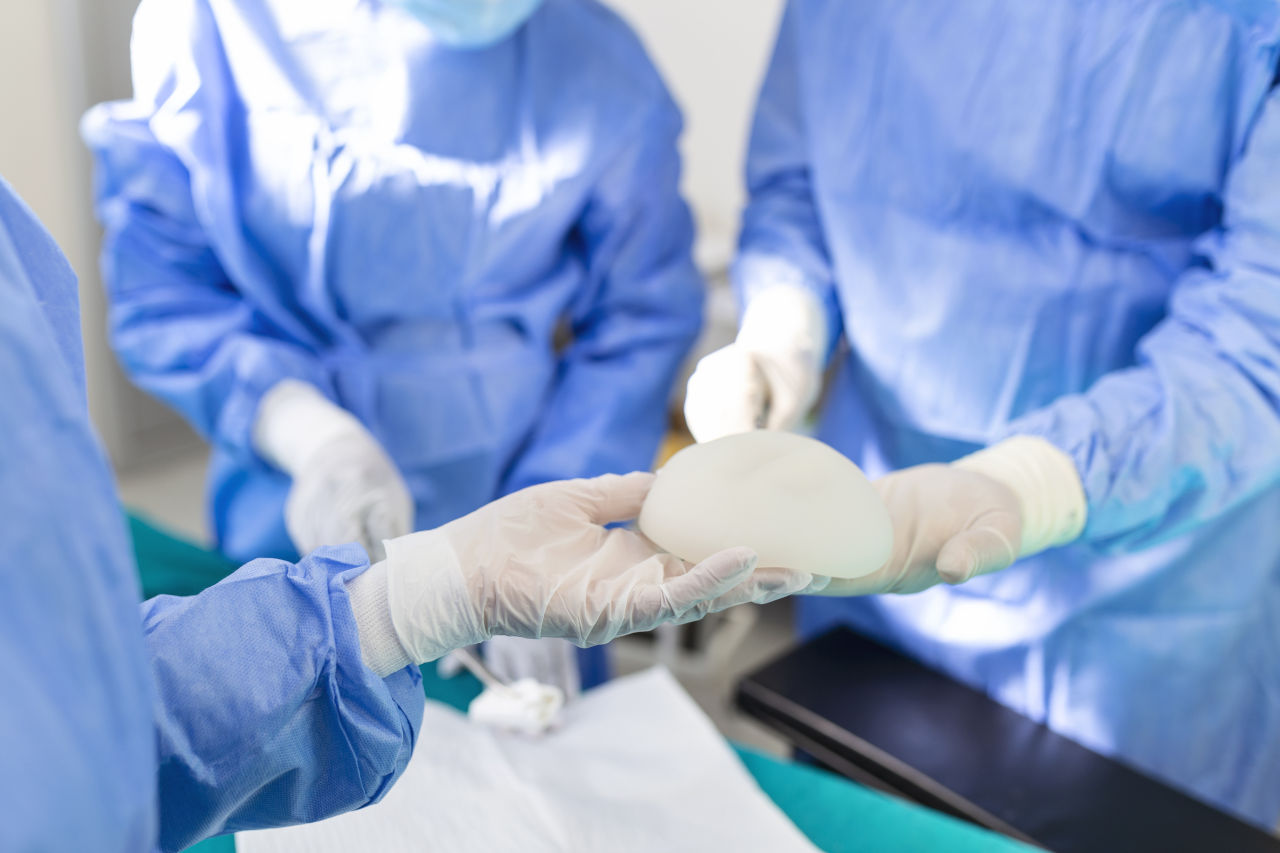After a successful implant, there is a possibility of different complications. This includes infection, hematoma, breast pain, changes in nipple and breast sensation, rupture, and deflation. Capsular contracture and scar tissue (capsule) that forms around the implant and squeezes the implant may also happen. It must be noted that even though there are possibilities of complications, they are not easy to come by. The Surgical Clinic reported that complications related to the development of scar tissue and capsular contracture occur in about 1.9% to 2.3% of all patients who undergo breast augmentation surgery. In most cases, capsular contractures and capsules are resolved with a procedure known as capsulectomy.
What is Capsulectomy?
A capsulectomy is the procedure used to remove the capsule of scar tissue that develops around an implant. A capsule is a perfectly typical reaction to any foreign substance. However, the scar (capsule) around the implant may sometimes thicken and compress (capsular contracture).
Consequently, the breasts could seem stiffer. In addition, the shape may substantially change with worsening capsular contracture. Hence, the breast may become painful or bothersome. The discomfort should be reduced by performing a capsulectomy and replacing the breast implants. This will help in enhancing the breasts’ appearance and feel.
According to the U.S. Food and Drug Administration, this list of complications and adverse outcomes occurs in at least 1% of breast implant patients at any time.
However, when conducting a capsulectomy, adhering to a high level of care standard is essential. This is because any further error will only lead to more revision surgeries and complications.
Suppose a medical practitioner fails to carry out a capsulectomy the right way. In that case, medical animation can be used in court. It can be used to prove that the following complications are related to the error made during the surgery.

Capsulectomy Malpractices in The Courtroom
Capsulectomy malpractice can be ugly. It can lead to disfigurement and launch a series of chaos for the patient who fell victim to it. In instances like this, where there is a need to recover compensation to cover for the harm already faced, medical animation will assist tremendously in showcasing how the injury was caused to the patient.
In some instances, the malpractice’s subject matter may be the surgeon’s failure to opt for an appropriate surgical technique.
Case References
A case in point is Swanson v. KIMBERLY A. PUMMILL, MD, PC.
In this case, the plaintiff alleged that the defendants were negligent in failing to inform the plaintiff of the risks associated with capsulectomy (informed consent), failing to choose the best surgical technique to achieve the best result and preserve the integrity of the blood supply to the breast tissue and nipple, and failing to promptly provide appropriate postoperative follow-up care and intervention to diagnose and treat problems and complications.
Following all these, the plaintiff developed nipple necrosis and infection, which further caused her to lose her nipples. All of these led the plaintiff to undergo a series of procedures. This included numerous debridements, a mastectomy of her right breast, reconstruction, and further revisions and corrective surgery, including tattooing.
Going from this case, it is clear that the harm and economic burden a patient would suffer after a capsulectomy malpractice is infinite and substantially unfair.
Sometimes, the issue may not be with the cut, implant, or sewing that closes the wound from the surgery. Instead, it may be from the interaction of the products used by the surgeon with other elements that were negligently placed.
A good example is the case of Allen v. Bridges. In this case, the plaintiff was to undergo a capsulectomy, debridement of the wound, and cleansing of the right breast reconstruction. While the surgery was cleansing the implant with ethyl alcohol, a machine used to cauterize wounds sparked, producing a flame that ignited the ethyl alcohol and burned Allen.
In a case like this, the expert can replay the line of events in medical animation to help show whose fault the incident was and how it came to be.

Illustrating Capsulectomy Malpractice Using Medical Animation
Sometimes, proving a case in a capsulectomy error case in court may be tricky. The surgeon in charge may want to claim that the complication experienced was an expected experience after such a procedure. This is mainly because this is more of a corrective or revision surgery.
Therefore, there is a need for a qualified expert to look into the case in a more in-depth manner and ensure that all the facts of the case are noted intimately and single-handedly investigated to see if a standard of care was breached.
After the findings, the result of the medical investigation can be encapsulated in a medical animation. This is to ensure that the court sees very clearly the errors and how they were the fault of the defendant.
Conclusion
Medical animation is the best visualization needed in most obscure cases, especially when there has been a lot of harm accompanied by heavy financial commitments. It is, therefore, pertinent to get the best medical animation company for the project.
In cases like this, it is essential to get the services of Fox AE, a phenomenal medical animation company, on board to ensure perfect visualization for the capsulectomy case.
We work hand-in-hand with attorneys and expert witnesses to ensure we create admissible demonstrative exhibits.






